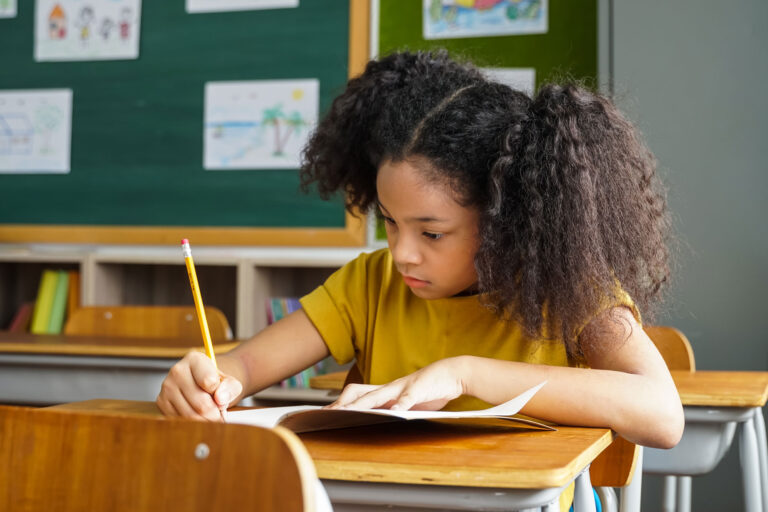COVID-19 caused major setbacks in student learning, made clear in recent test scores from the National Educational Progress Assessment (NAEP) Long-Term Trend conducted by the National Center for Education Statistics. Across the country, scores for nine-year-old students dropped 7 points in math and 5 points in reading. But even before the pandemic, there were worrisome levels in proficiency—especially among historically underserved students—and gaps widened over the last two years. In some cases, students had nearly a school year worth of disrupted learning: average math scores fell 13 points among Black students, 8 points among Latino students, and 8 points among low-income students.
Soon-to-be-released state data will provide evidence on the far-reaching impact of COVID-19 on California students. Our previous work shows that students from historically underserved groups have been left behind in each defining moment of the pandemic. In California and other states, when schools shifted abruptly to distance learning in spring 2020, Black, Latino, and low-income students were less likely to have access to reliable internet and devices. As schools started to reopen in spring 2021, students in districts with large Black and Latino populations, and in low-income districts, spent nearly six more weeks in distance learning compared to the average California district.
To address lost instructional time and move to recover lost learning, California created the $4.6 billion Expanded Learning Opportunity (ELO) grant in 2021, one of the largest learning recovery grants in the state’s history (while California schools received $15 billion from the American Rescue Plan, up to 80% of funds could be spent on activities other than learning recovery). About half of ELO funding comes from federal stimulus monies.
ELO grants are intended to fund supplemental supports for students and staff. The grants are allocated in proportion to district funding under the state’s funding formula, which adds extra funding for low-income, English learner, and foster youth students.
The state released general guidelines—for example, money should be spent on any of seven strategies, including extending instructional time and staff training—but it is up to districts to implement plans that meet local needs. Under this decentralized approach, policymakers lack crucial information on recovery activities—and their impact. By understanding how funding is distributed across districts and the types of recovery activities that have been funded, districts will be able to connect activities with student outcomes.
Districts do know that ELO dollars must be spent on evidence-based programs that help students recover, and recover equitably. Our ongoing work points to strategies that could be valuable models, revealing that nearly two years of remote instruction spurred a digital revolution—such as using technology to communicate with parents and digital platforms to facilitate teaching and learning; schools also found novel ways of organizing the school day.
How will we know what’s working? In the coming months and years, we will examine ELO recovery programs to spotlight innovations that advance educational options for marginalized students and to provide effective and equitable policy recommendations to state leaders and decision makers.
The research reported here is supported by the Institute of Education Sciences, U.S. Department of Education, through R305X220028 to the Public Policy Institute of California. The opinions expressed are those of the authors and do not represent views of the Institute or the U.S. Department of Education.








